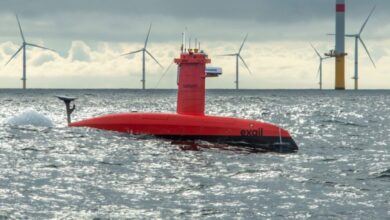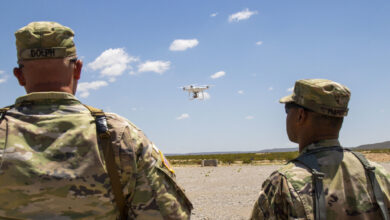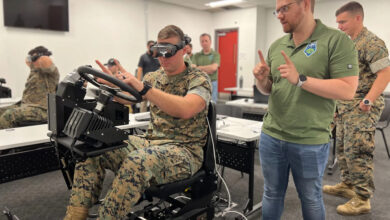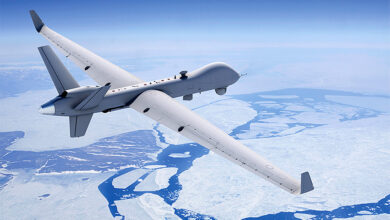US, Israeli Firm to Offer Vibration Reduction Technology for Military Helicopters, Drones
California firm KULR Technology has partnered with Israeli autonomy safety developer ParaZero to offer vibration reduction technology for military helicopters and unmanned aerial systems.
Under the collaboration, the team will combine KULAR’s VIBE vibration-reducing software with ParaZero’s SafeAir and SmartAir Trinity platforms “to achieve increased drone performance, operational efficiency, and improve the safety” of rotorcraft and drones.
VIBE is a track-and-balancing technology built with artificial intelligence (AI) algorithms to identify and locate the vibrations of airborne systems.
These vibrations are considered “negative energy” that decreases flight range and aerial efficiency.
ParaZero’s SafeAir onboard solution leverages real-time data analytics and sensors to predict and avoid flight risks autonomously.
SmartAir Trinity is an AI-enabled avionics system that detects real-time malfunction and critical mission information to ensure mission security.
A ‘Key’ Advantage
KULR said that the strategic partnership will boost the safety of defense aviation while protecting bystanders and preventing the loss of aerial vehicles, associated equipment, and payloads.
In addition to helicopters and drones, the combined solutions are also planned for electronic vertical take-off and landing or eVTOL aircraft.
“The KULR VIBE advantage in serving the [Unmanned Aerial Systems] market is increased battery time by up to 35% and increased payload lift by 38%,” KULR stated.
“This is key when working in close quarter environments to reduce collateral events.”
“KULR VIBE stops extreme cases of excess vibrations causing catastrophic damage to drones and helicopters by reducing mechanical fatigue that leads to system malfunctions, weakened performance, and maintenance issues that increase downtime, maintenance cost, and pilot fatigue.”
Aircraft VIbration Projects in US Defense
Last year, KULR completed an evaluation to address vibration issues of a US Marine Corps AH-1Z attack helicopter.
The problem was previously diagnosed as “unsolvable” and could have caused the retirement of the aircraft, which had only been in service for less than two years with 80 flight hours.
Through its partnership with the US Department of Defense, the company has solved similar vibration problems in Osprey V-22 tiltrotor aircraft and several US Air Force H-60 helicopters.













